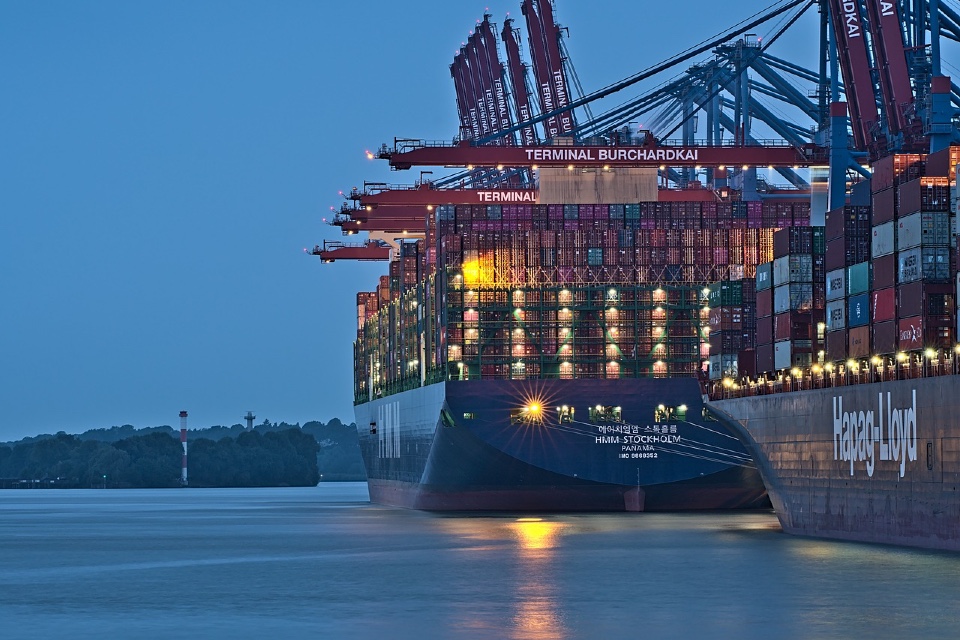By David Strauss, AVP, Strategic Partner Development, e2open
We’re three months into 2024, but it hasn’t been an easy start to the year for businesses. Thanks to geo-political conflict, the continued cost-of-living crisis, and the impact of extreme weather events, enterprises continue to face unprecedented challenges in supply and demand.
Securing inventories, meeting demanding ESG requirements, and keeping discerning customers happy are no easy feats when many supply chains still lack the visibility and flexibility to cope with changes.
Leaders should consider four crucial supply chain issues when drawing up any game plan for transformation this year.
1. Protectionism is the word on everybody’s lips – but will it produce resilience?
In a rush to reduce costs and increase efficiency, many organizations looked further afield in the last years, investing in offshore manufacturing, supplier networks, and supporting logistics infrastructure to produce and distribute goods. In theory, this approach makes it easier to fulfil orders quickly and lowers the risks associated with global supply chains. However, companies must remain cautious. These models have limited short-term flexibility due to the cost and time associated with repositioning production facilities and supplier and logistics networks closer to home, as well as geo-political uncertainty making it difficult to know who your friends are—or will be—in the long term. On the opposite side, nearshoring can lead to higher costs, which cannot always be passed on to the consumers, lest they generate a backlash and decrease demand.
Nearshoring should be viewed as a possible long-term strategy, with multiple backup supply routes and innovative supply sensing and routing technology to make the best real-time decisions. Realistically, it’s also important to recognize that supply chains will likely remain global because companies still need to source and distribute globally. While nearshoring may be one strategy in a complex supply chain, it will be one of many approaches.
2. Leaders will discover ESG reporting and scalability are intertwined
Many businesses already understand the importance of reporting on crucial ESG metrics. They know there’s little time to waste addressing areas such as Scope 3 emissions, particularly from a reputational perspective. But when faced with tight budgets, achieving net zero is daunting. Given the vast nature of most supply networks, many leaders feel intimidated by the sheer scale of operations and struggle to decide where to start. Fortunately, it’s easier than ever for leaders to identify the ‘quick wins’ regarding sustainability within their supply network and to marry a strategy for net zero to longer-term plans for business growth. In other words, scalability and sustainability needn’t be mutually exclusive.
The key to success here is granular visibility and access to a wealth of data. Companies can lean on connected supply chain technologies that unite entire networks and help answer the questions: how many supplier tiers are in the supply chain? Who are the different suppliers, and what do they supply? What are the emissions of these materials?
Beyond the supply network, connecting all supply chain data – company-wide and from partners – in a single supply chain platform is also the foundation for scalability. Partners in sourcing and manufacturing, material and component flow, transport and logistics, cross-border regulations, and even product storage and distribution partners form a complex, far-flung supply chain. When all these partners, processes, and data exist in a collaborative space without silos, a company can model changes and optimise processes in real-time. Through this connectivity, companies can make, move, and sell goods as efficiently, cost-effectively, and sustainably as possible—at scale.
Fundamentally, a supply chain must be sustainable to be scalable. Therefore, every company must focus on supply chain connectivity to grow long-term.
Note: Any company operating across Europe or trading with Europe must meet the strict reporting standards of the Corporate Sustainability Reporting Directive (CSRD). But with network transparency, data, and the means to analyse it, making correlations between materials and their associated emissions is easier. Seamless data sharing, connected suppliers, and collaboration between every stakeholder in the supply chain will be vital to success in the years ahead.
3. The evolution of the high street and the omnichannel experience
The role of retail stores is ever-evolving. Though the pandemic saw many consumers pivot to online shopping, customers are now also enjoying a return to in-person shopping experiences. But expectations have changed, and consumers are now more discerning than ever, enjoying multiple retail channels and expecting products to arrive on doorsteps within – or even less than – 24 hours. 2024 will signal the evolution of retail stores into fulfilment hubs. No longer reliant on offsite warehouses, stockrooms will increasingly be used as fulfilment locations, facilitating rapid orders, buy-online-pick-up-in-store (BOPIS), and click-and-collect.
We will also see a rise in the use of point-of-sale (POS) information in supply chain management. This will be vital for tracking customers’ buying habits and anticipating their needs. Going one step further than simply forecasting the orders large retailers are likely to place, companies will analyse the audience to whom they are selling. Through supply chain connectivity and collaboration, organizations can respond to near-term supply and demand signals, such as impending shortages caused by extreme weather or increased product purchases.
4. Leaders should take advantage of all that AI has to offer – but ensure it’s using quality data
Data and an integrated AI strategy will be fundamental to building flexible, resilient supply chains. It’s not necessarily about adopting the latest AI models the industry offers. Instead, leaders should use the right form of AI for the job and then feed the AI model with the right data – and lots of it. Data should draw from internal operations and the wider value chain of partners, suppliers, distributors, transportation providers, customers, and more to paint the most accurate picture of the network. A digital platform that brings these insights together under one ‘umbrella’ lowers entry barriers and grants AI systems the knowledge to make more accurate recommendations. It’s simple: the more data points you bring together, the better the performance of your AI solutions will be.
Photo by krakenimages on Unsplash







